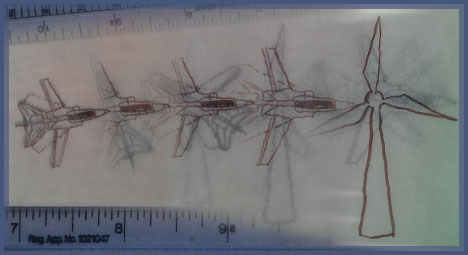
The impetus for the Lucas Plan came from the Lucas Aerospace workers who faced losing their jobs, and wanting to produce socially useful products rather than weapons. During the 1980s final phase of the Cold War, the Plan was extremely influential in the disarmament movement, since it showed that, with political will and support, disarmament did not have to mean thousands of workers losing their jobs.
However, theirs has not been the only initiative seeking alternative employment for arms industry workers. Other proposals have come from trade unions, local authorities and academics, while peace campaigners have consistently given their strong backing to them. Some have looked at the issue on a plant by plant basis, while others have investigated the situation on a regional or economy-wide basis.
Today, many people trying to justify Trident renewal, spending on “vanity projects” such as aircraft carriers which even the military question, or arms exports to some of the world’s most repressive regimes, fall back on the argument that they are necessary because of the jobs they support. However, the real choice is not between weapons production and the dole, it is between Government support for arms companies and projects, such as renewable energy, that meet real needs.
What has been lacking over the forty years from the Lucas Plan to the present is a Government willing to move its disproportionate support from the arms industry to another industry even when, as with renewables, the move would bring long-term benefits both in terms of sustaining highly skilled workers and more generally.
Now interest in arms conversion is renewed and the pressure is on the Labour Party to set up a shadow Defence Diversification Agency.
There are also many new publications, discussing arms conversion in the second decade of the 21st century.